Suppose in the picture below that the middle message queue fails. Senders can still get messages sent by using other message queues.
But what happens if the message queue dies after receiving the message. How does the sender know if the message was sent to the receiver or not to decide whether or not to resend on a different message queue?
Similar what happens if the receiver dies after the message queue delivers its message to it? How would the sender know whether or not its intended request had been fulfilled by the receiver or not?
